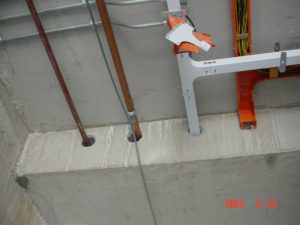Copper Pipes
Navigation
Property

Property and Behaviour
| Chemical reaction | Copper sometimes changes color when in contact with water containing certain minerals, but it rarely results in corrosion or weakening of tube walls or joints. |
| Corrosion | Despite copper’s well-documented resistance to corrosion in most situations, corrosion can occur in copper tube exposed to aggressive or highly acidic water. A highly localized concern, corrosion caused by aggressive waters occurs in less than 1 percent of residential installations |
| Acoustical Benefit | The annoying problem of water hammer occurs when a valve or faucet in a pressurized system is abruptly shut off, sending a shock wave back through the pipes, which may rattle if they’re not sufficiently strapped in place.
In truth, copper tube is no more prone to water hammer than other types of pipe. In fact, copper tube is generally quieter because its greater rigidity results in less vibration. Plastic pipe requires more strapping to achieve the same rigidity. Moreover, copper tube is more likely to withstand the potentially damaging effects of vibration because it inherently withstands higher pressures and has more durable joints. The most effective solution to water hammer is to add a capped air chamber or surge-arresting device to the system. Proper support of the piping should also eliminate most noise concerns. |
| Heat Loss | All hot-water piping should be wrapped with thermal insulation to prevent wasteful heat loss. |
| Flamability | Unlike plastic plumbing, copper won’t give off toxic gas if exposed to flame. |
| Density | 8960 kg/m³ |
| Melting Point | 1356K |
| Specific Heat at 293K | 0.383kJ/kg K |
| Thermal Conductivity | 394W/ m K |
| Electrical Conductivity (%International Annealed Copper Standard) | 100% |
| Electrical Resistivity at 20C | 1.673×10-8 ohm-m |
| Coefficient of linear thermal expansion | 16.5 0-100°C (cm C-1) x 106 |
| Temperature coefficient of electrical resistance | 0.0039 C-1 |
Yield or 0.2% proof stress
|
|
Ultimate tensile stress
|
|
Elongation
|
|
Hardness
|
|
[17]